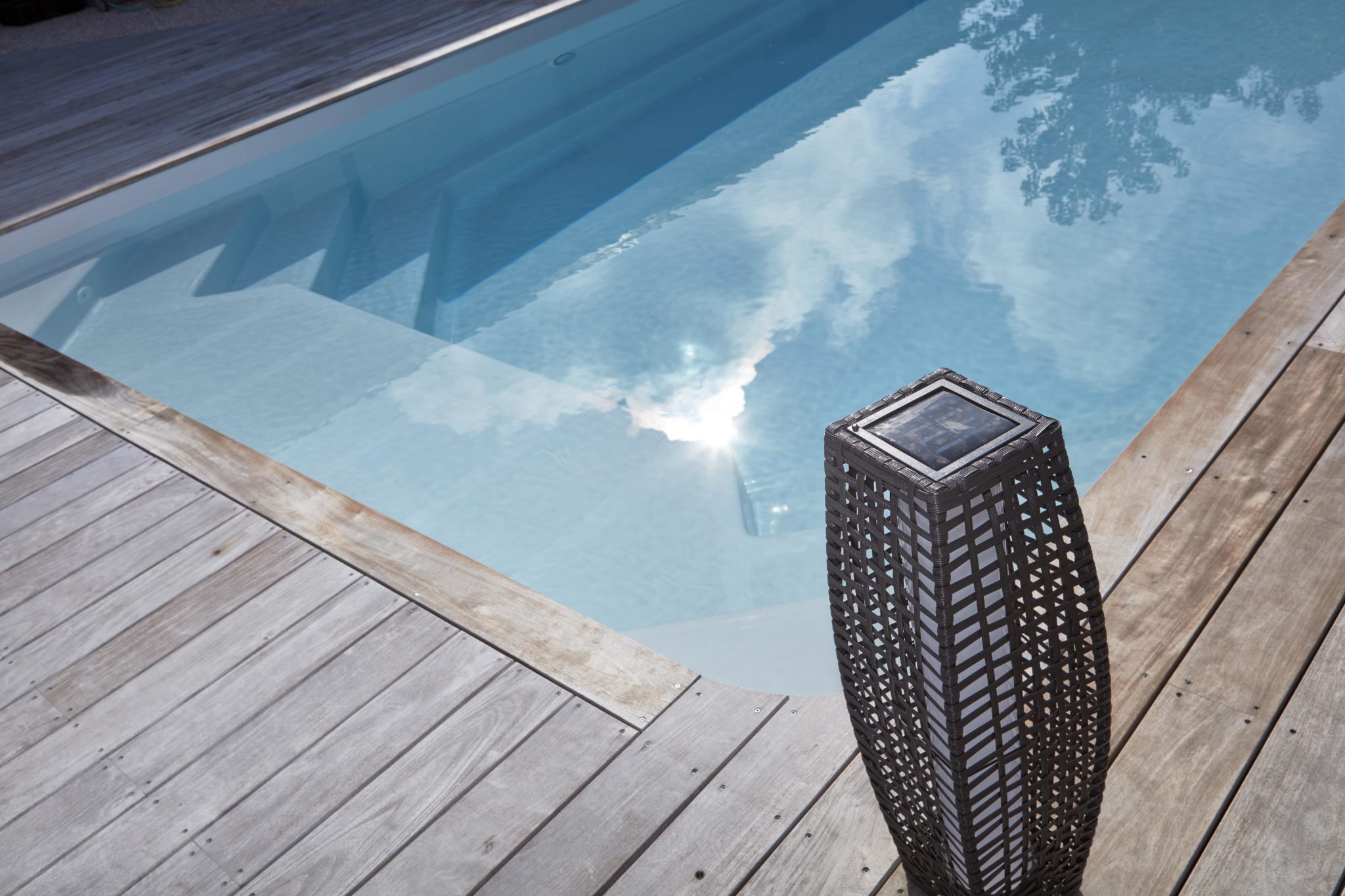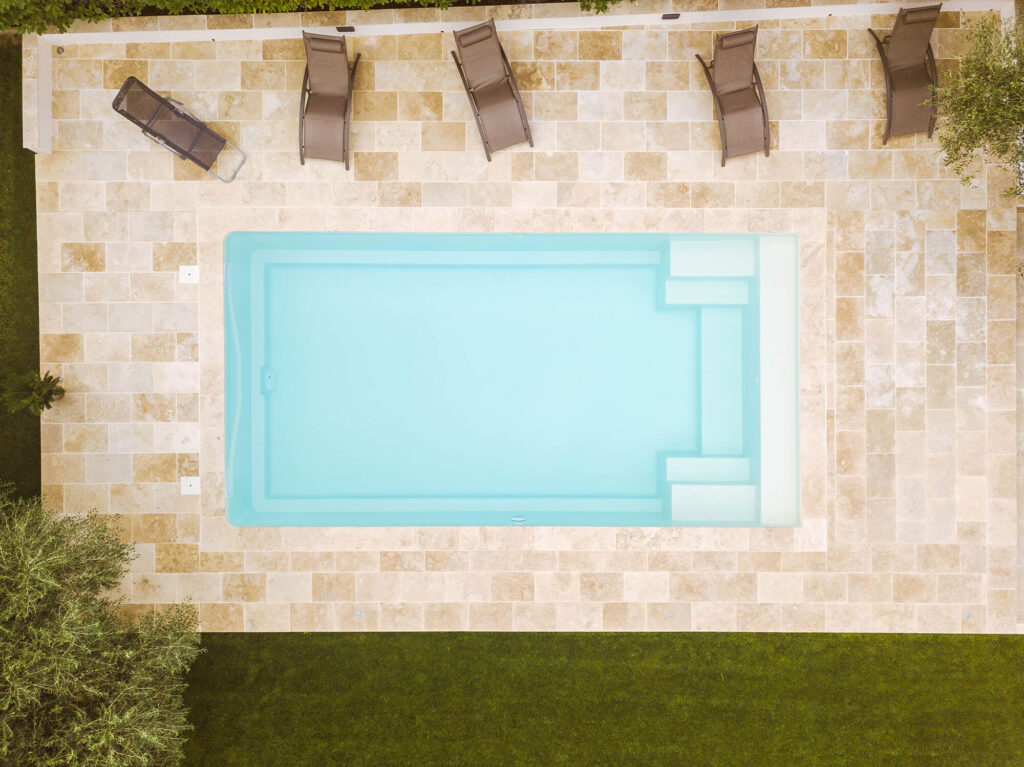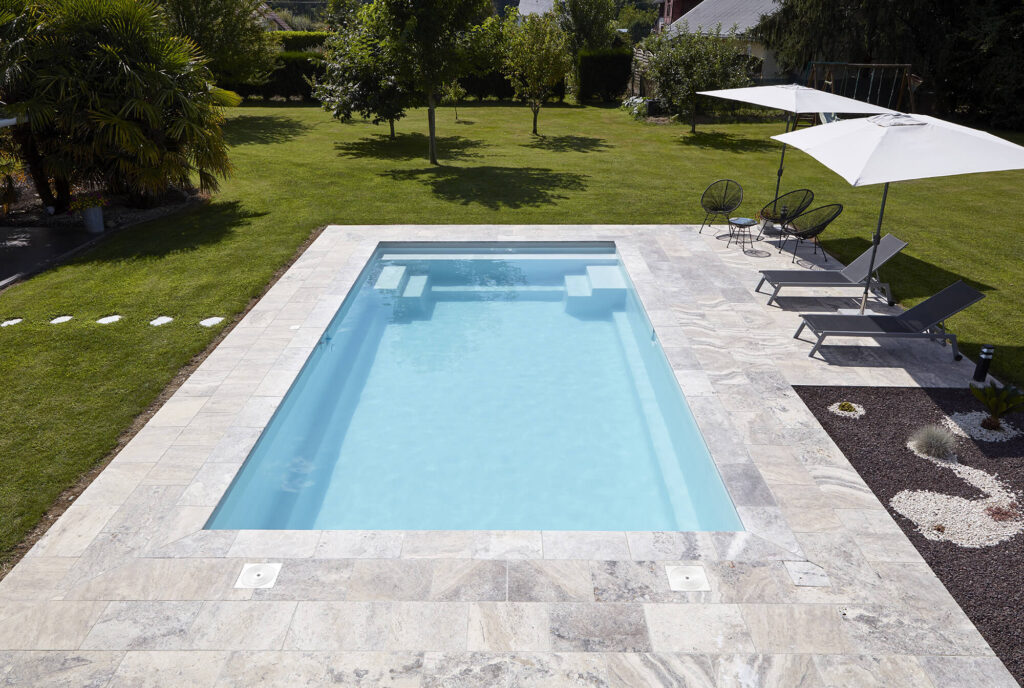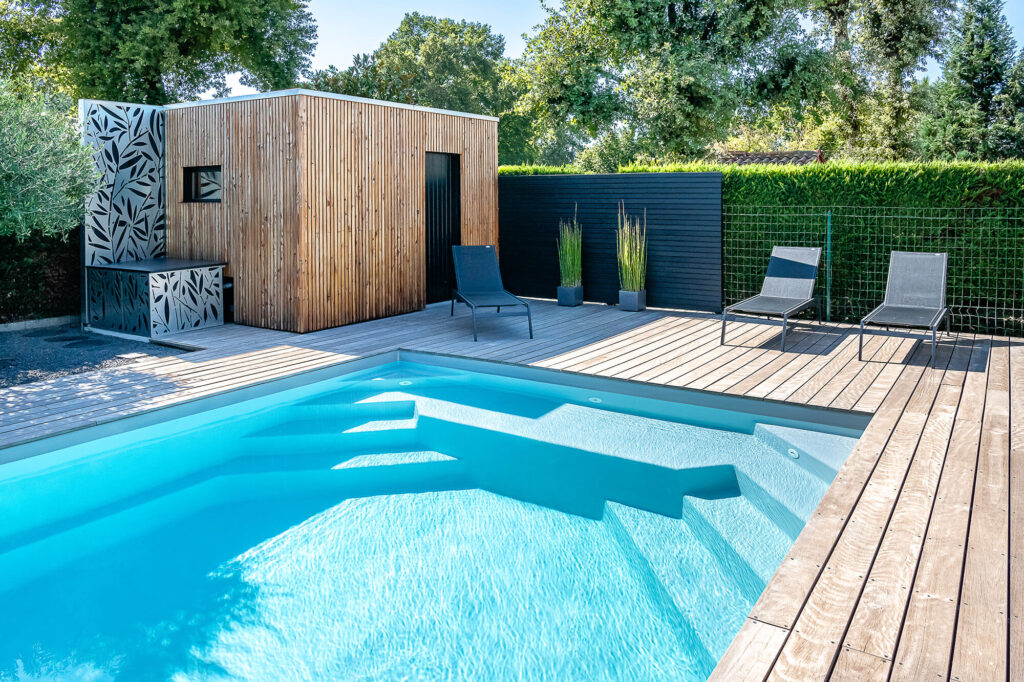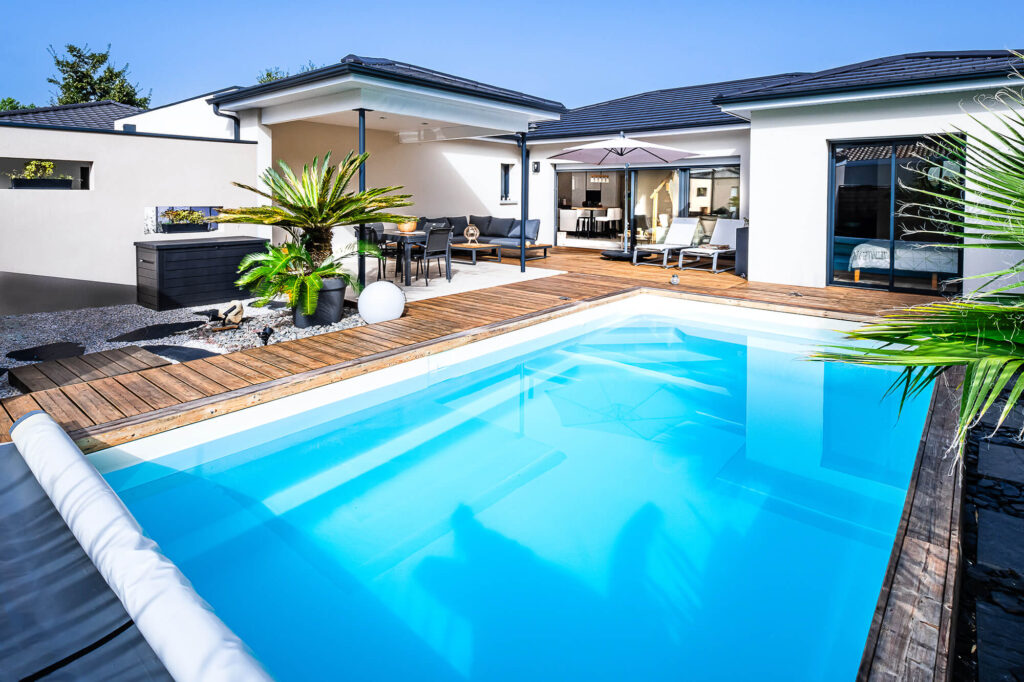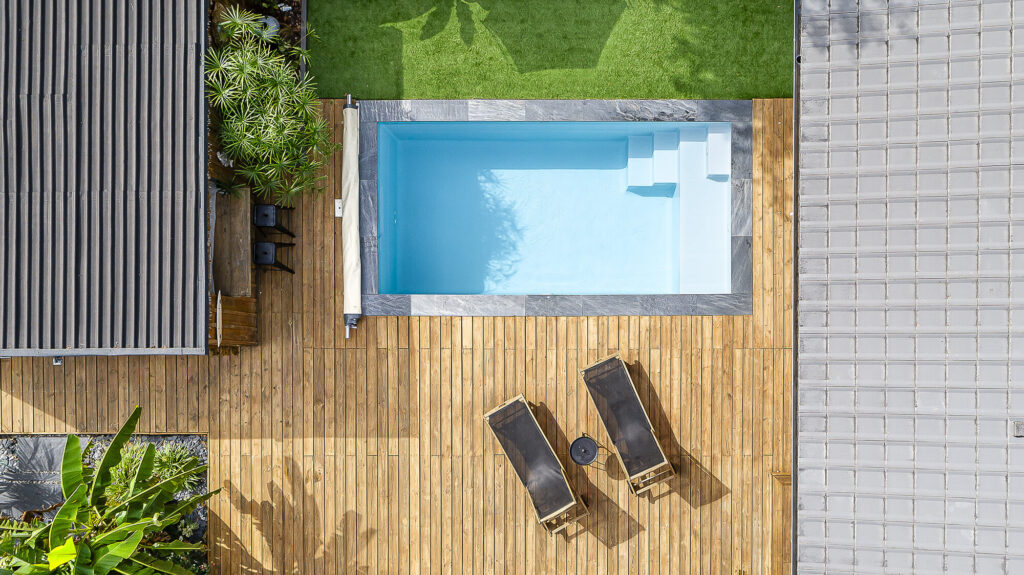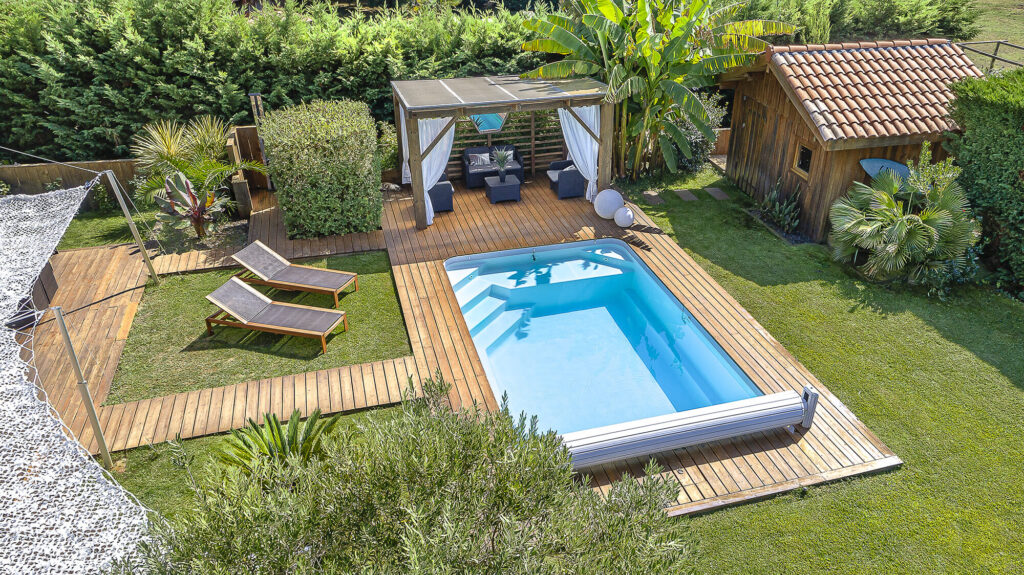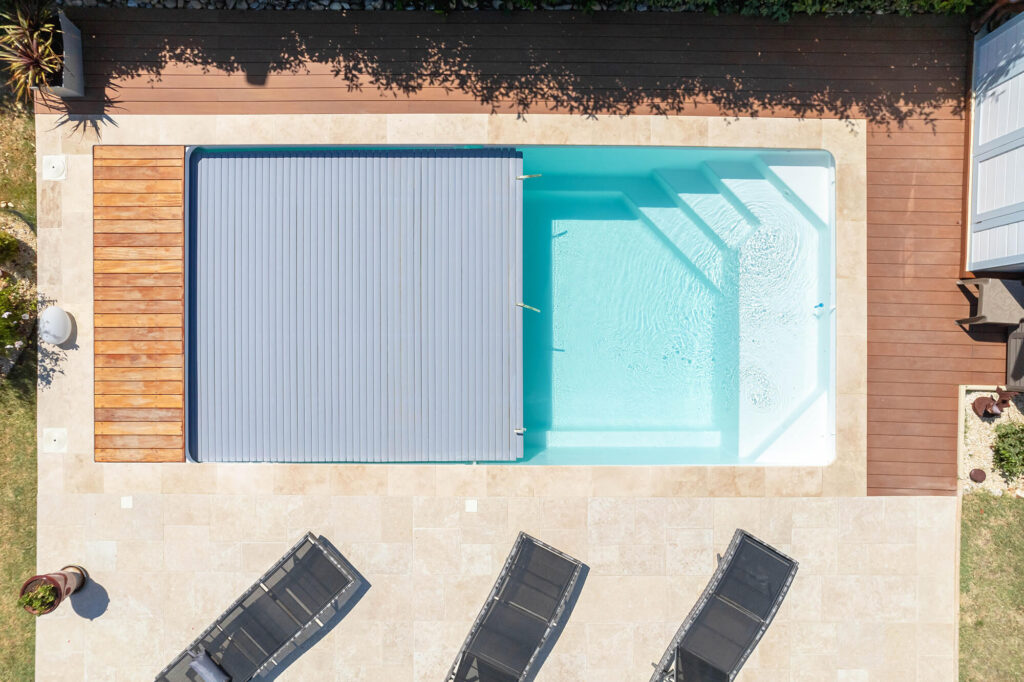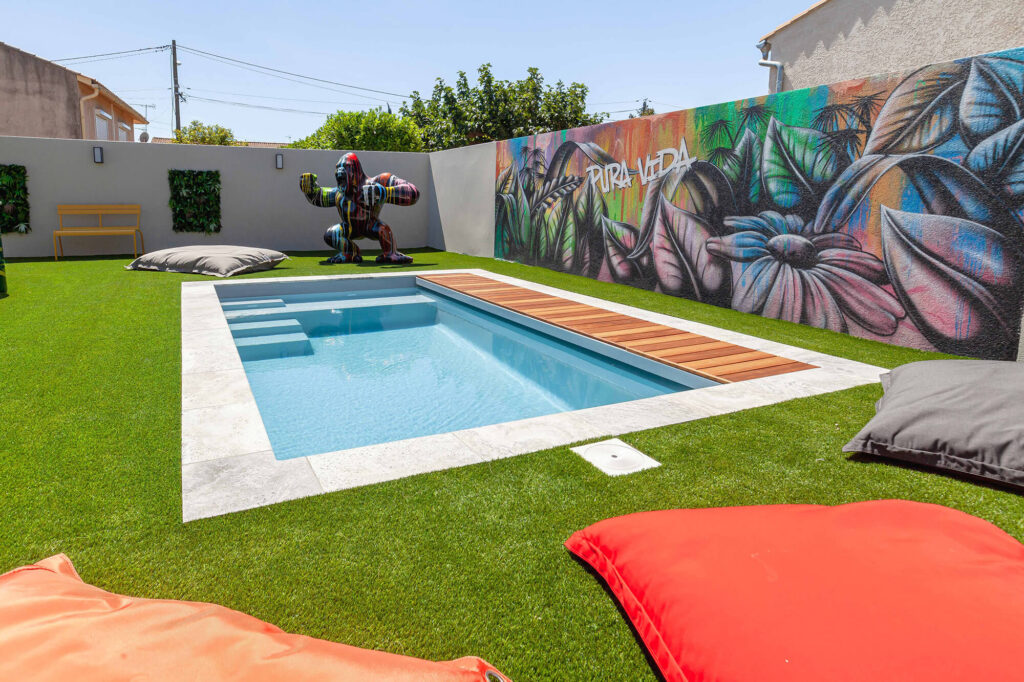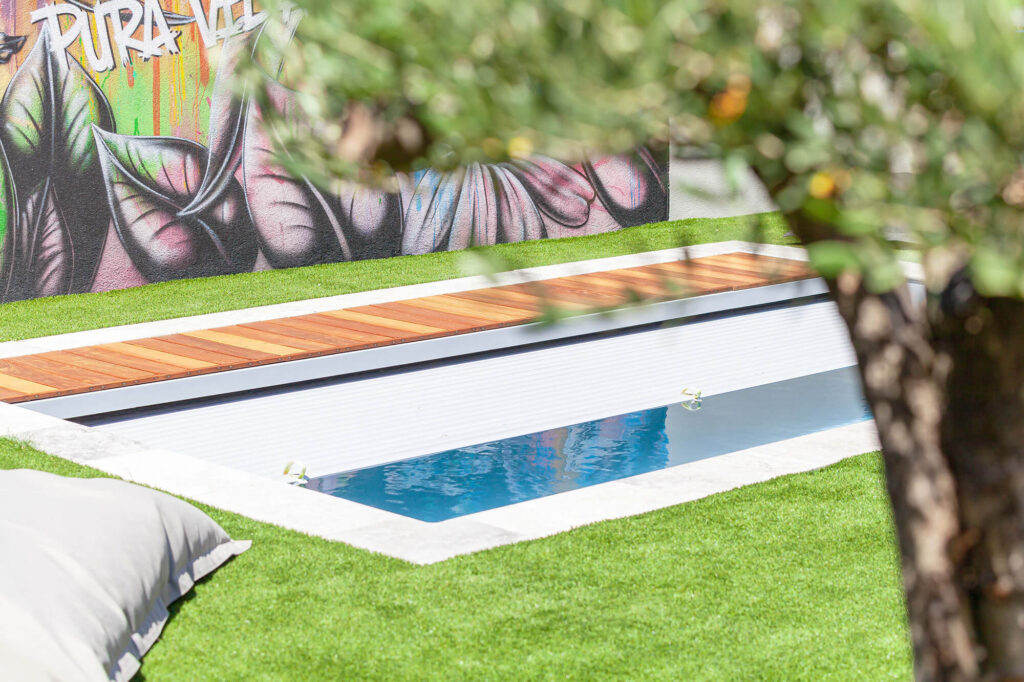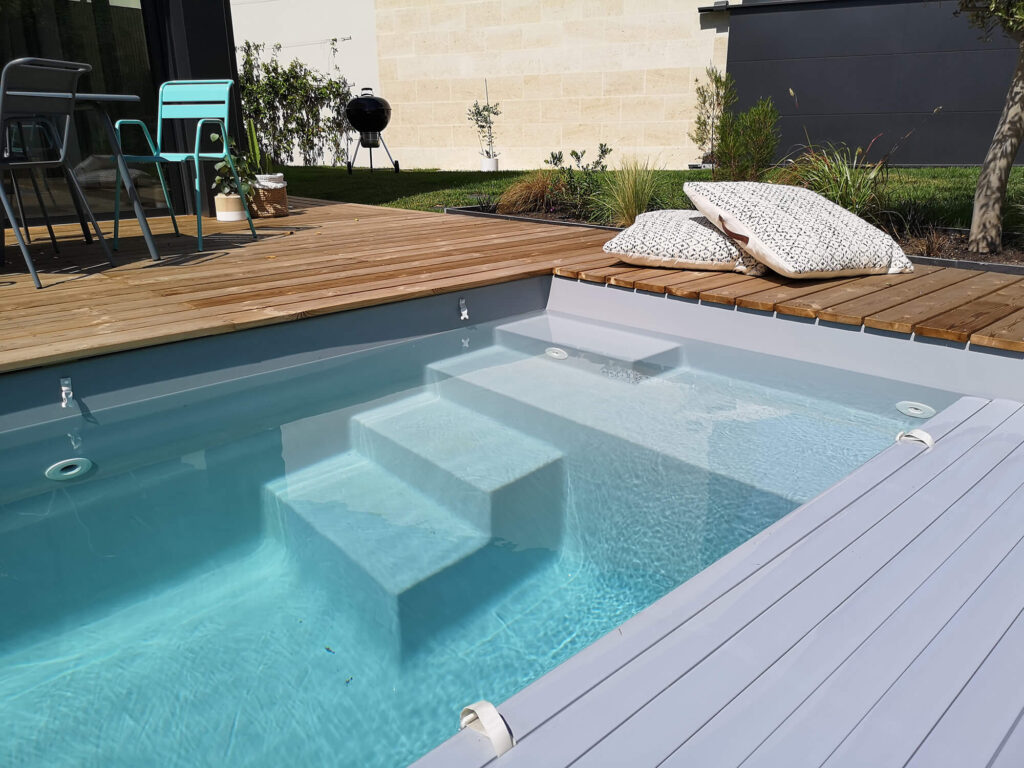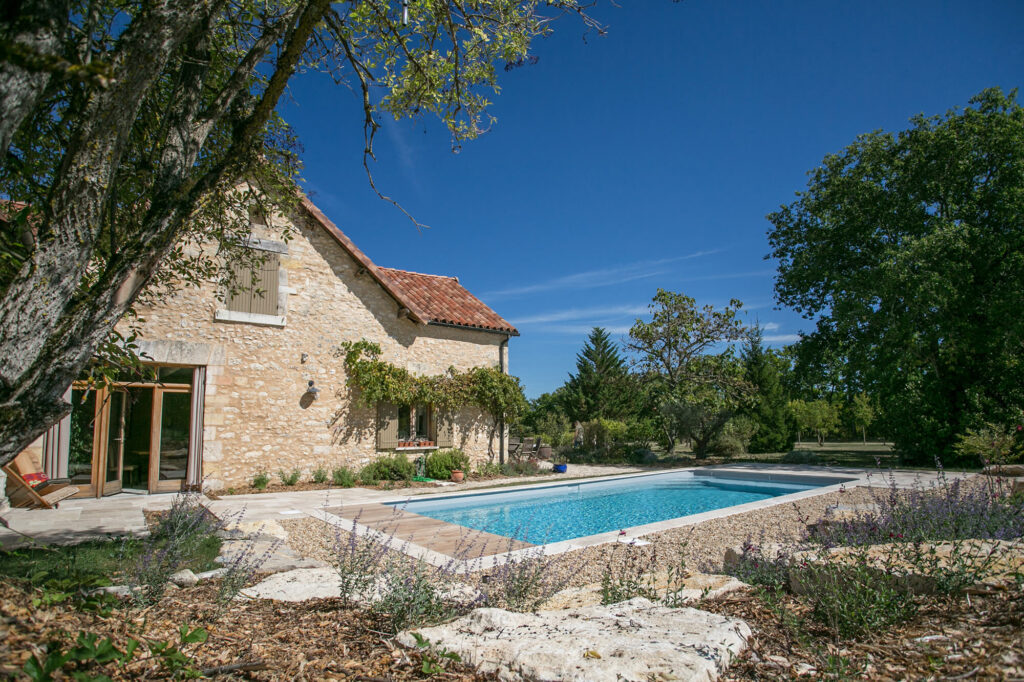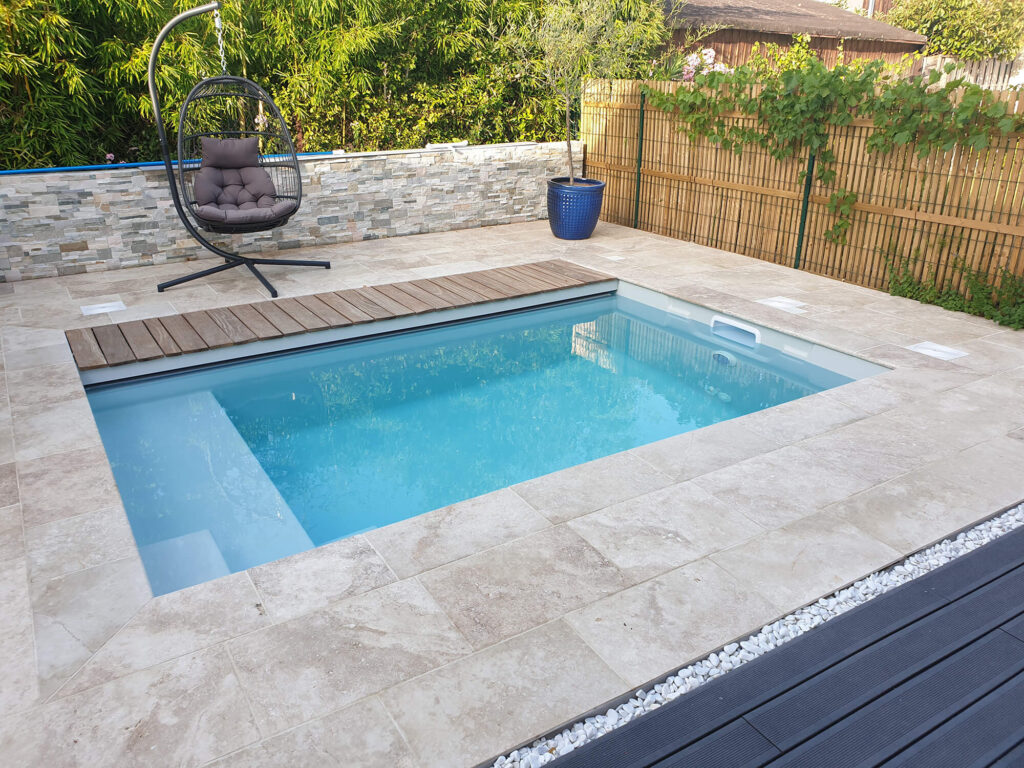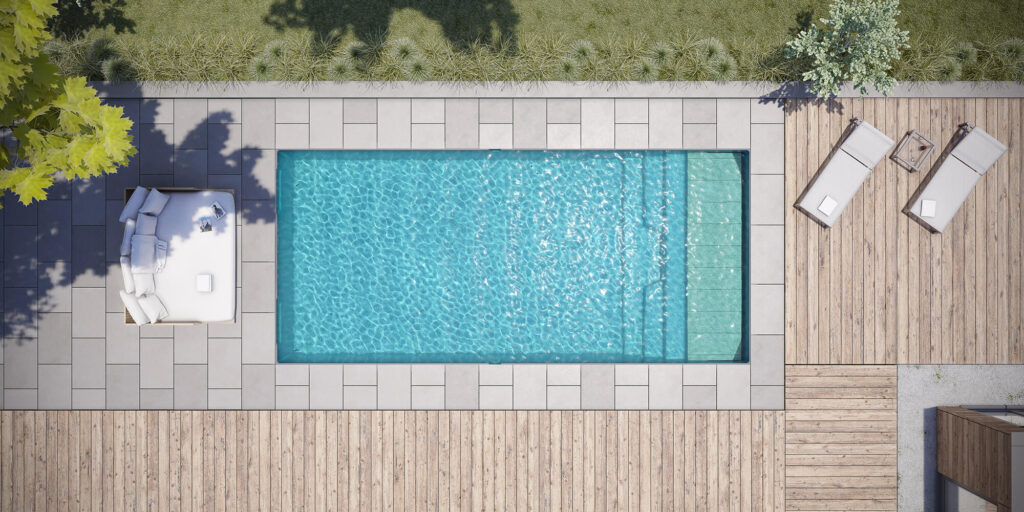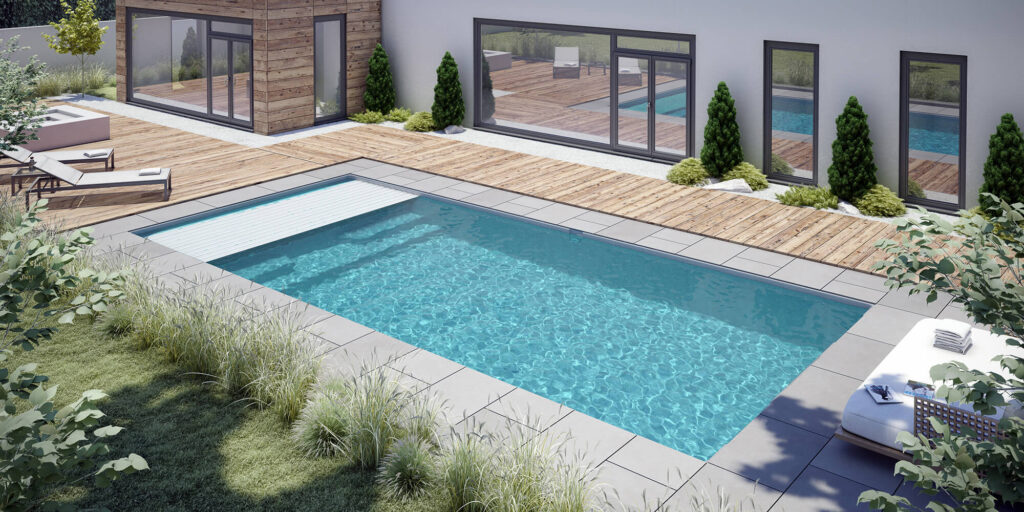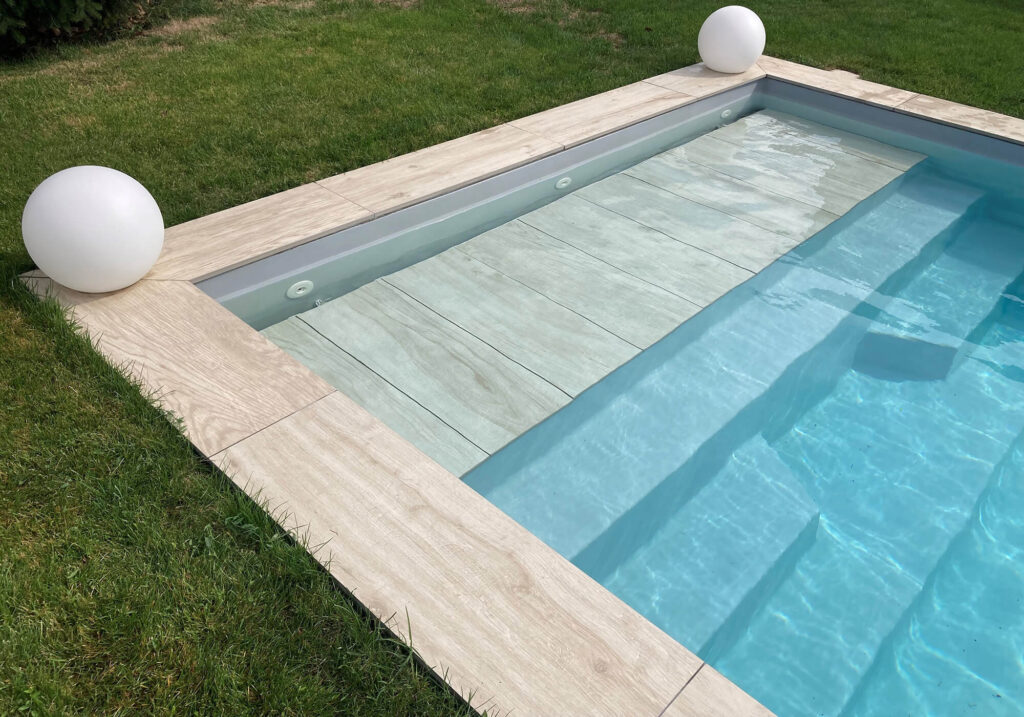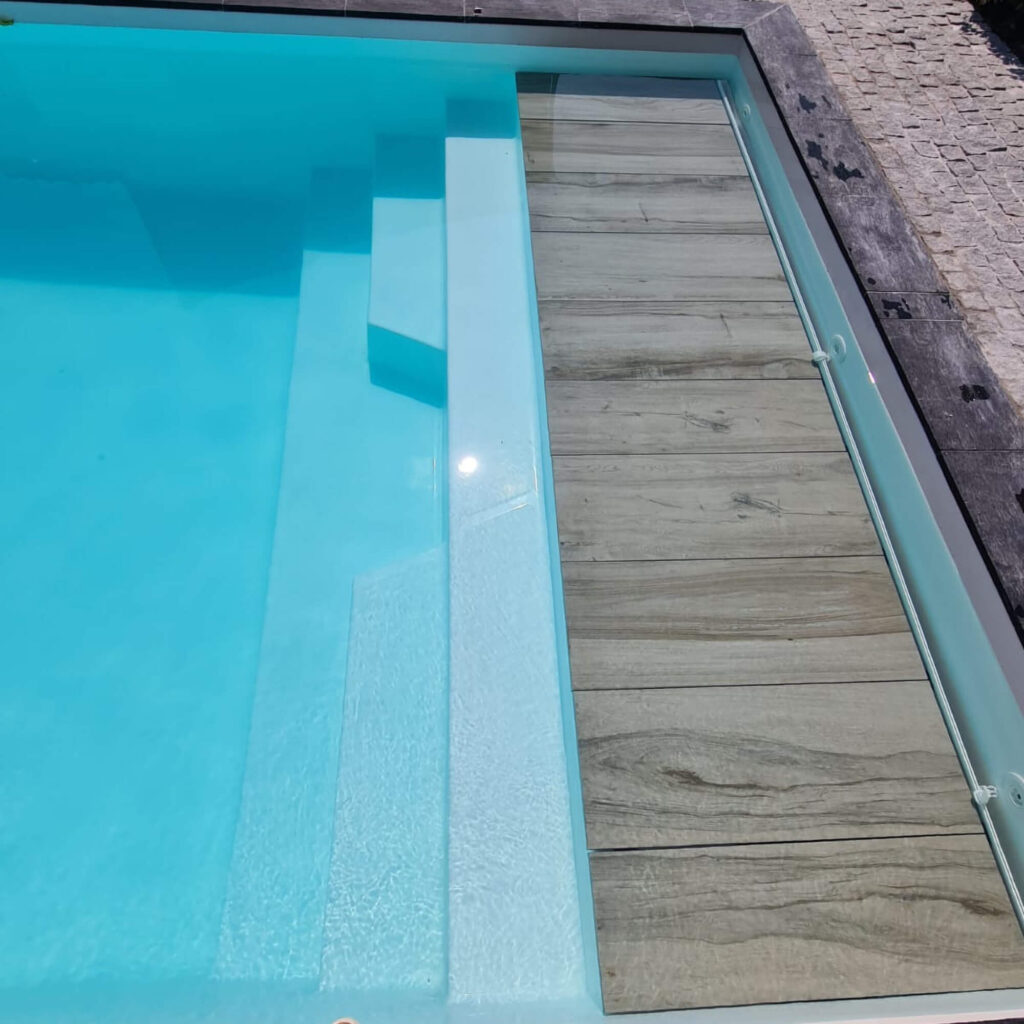The winterizing step of a swimming pool is very important, especially if you live in a region with harsh winters. An annual process, winterizing allows you to protect your swimming pool during the winter season, in order to find a beautiful swimming pool for next summer.
For winterizing your pool, you can choose between 2 different methods: active winterizing and passive winterizing. Do you know the differences? Let's take stock and make your choice.
What is active wintering?
Active wintering, also called semi-wintering, consists of operating your pool in slow motion during the winter.
This process can be chosen for outdoor swimming pools, whether in-ground or above-ground, where the water temperature drops below 12°C during the winter, but is not at risk of freezing.
By choosing active wintering, the filtration must continue to run for at least 5 hours during the coldest hours (usually between 2am and 7am), in order to keep the water moving and prevent frost from forming. In addition, it is strongly recommended to cover the pool with a bar cover or a winter cover to better protect your pool.
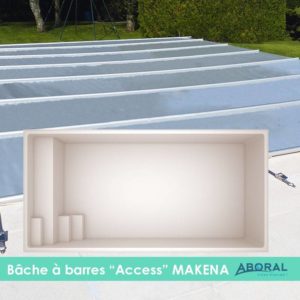
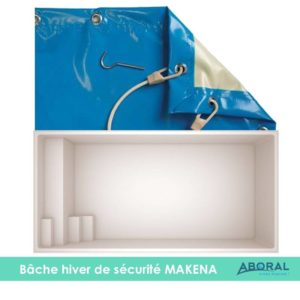
Benefits
Active wintering is a method that allows you to put your pool back into service more easily when the good weather returns. Since the filtration continues to operate, the water quality is maintained.
Disadvantages
With active wintering, it is necessary to occasionally check the proper functioning of the filtration and clean the surface of the pool if it is not covered.
Passive wintering, easier?
Passive wintering, also called classic wintering, consists of completely shutting down your pool. The water level is lowered, the filtration circuit is emptied and the pool is covered.
This type of wintering is recommended for outdoor pools, whether buried or above ground, if the water temperature can freeze. This also applies to pools that do not have a heating system or frost protection device.
Its advantages
The advantage of passive wintering is mainly its practical side. In fact, the pool is put “to sleep” during the entire winter season: you will have nothing else to do but wait for summer.
Its disadvantages
The major disadvantage of passive wintering is the complexity of getting the pool back into operation in the spring in preparation for the summer season.
Choose the method that suits YOU
How to make your choice? You will need to take into account the type of your pool, the equipment you have, but also your geographical location.
Do you live in a region with mild winters? Does your pool have a heating system? Can you monitor your pool during the winter season? Choosing active wintering or passive wintering is also a personal question, Aboral however recommends that you favor active wintering because it allows you to maintain regular maintenance of the pool throughout the year and to find a pool in good condition when the classic restart takes place in the spring.
If you wish, and especially for your first wintering, you can call on the Aboral team who are available to advise you. Whatever the wintering chosen, it is imperative to carry out a "shock treatment" of the pool beforehand. In order to support you in this important step, Aboral offers specific complete packs, in chlorine or bromine version depending on the treatment you use. Each pack contains all the necessary products as well as the instructions for carrying out your shock cleaning and then starting the wintering with complete peace of mind.
